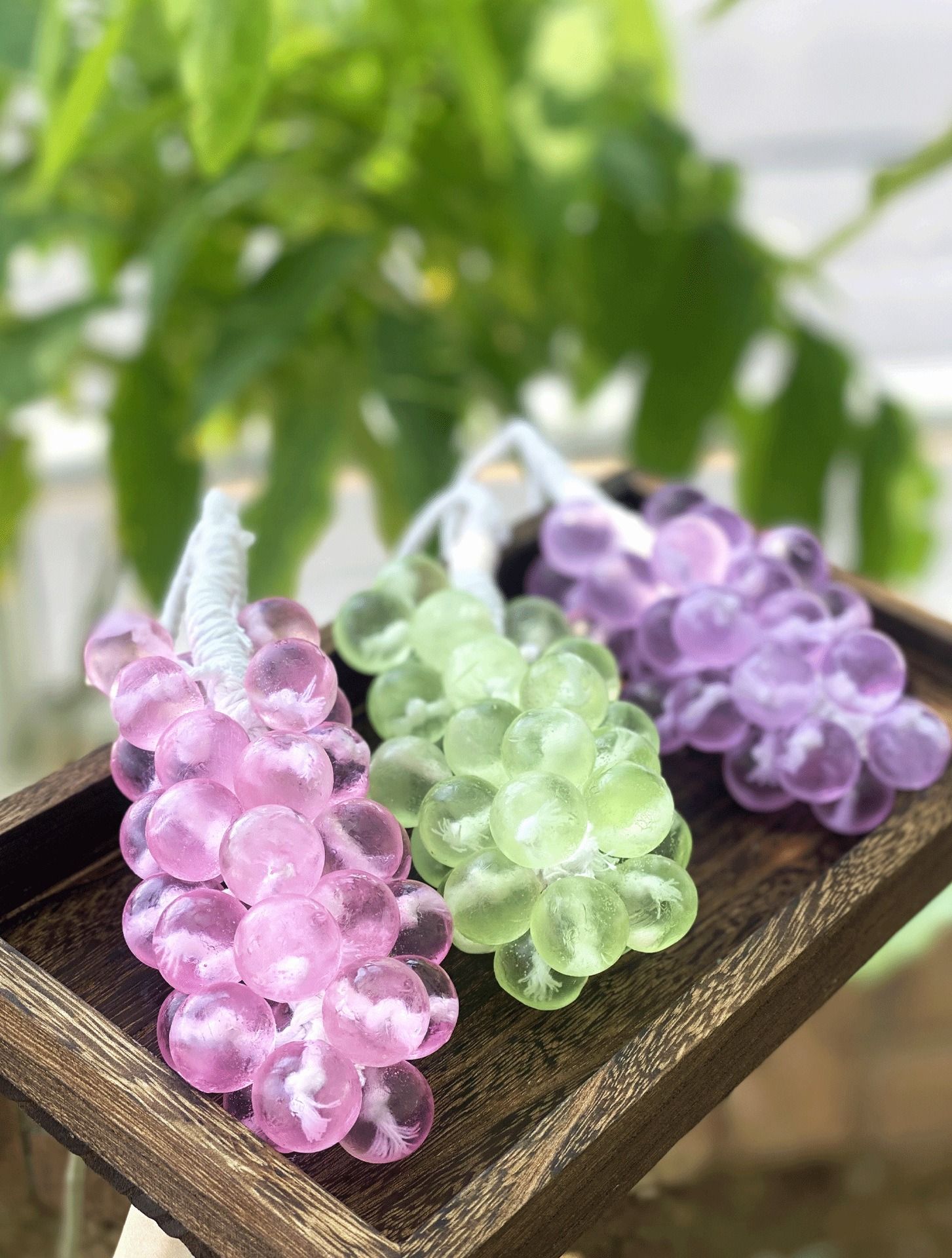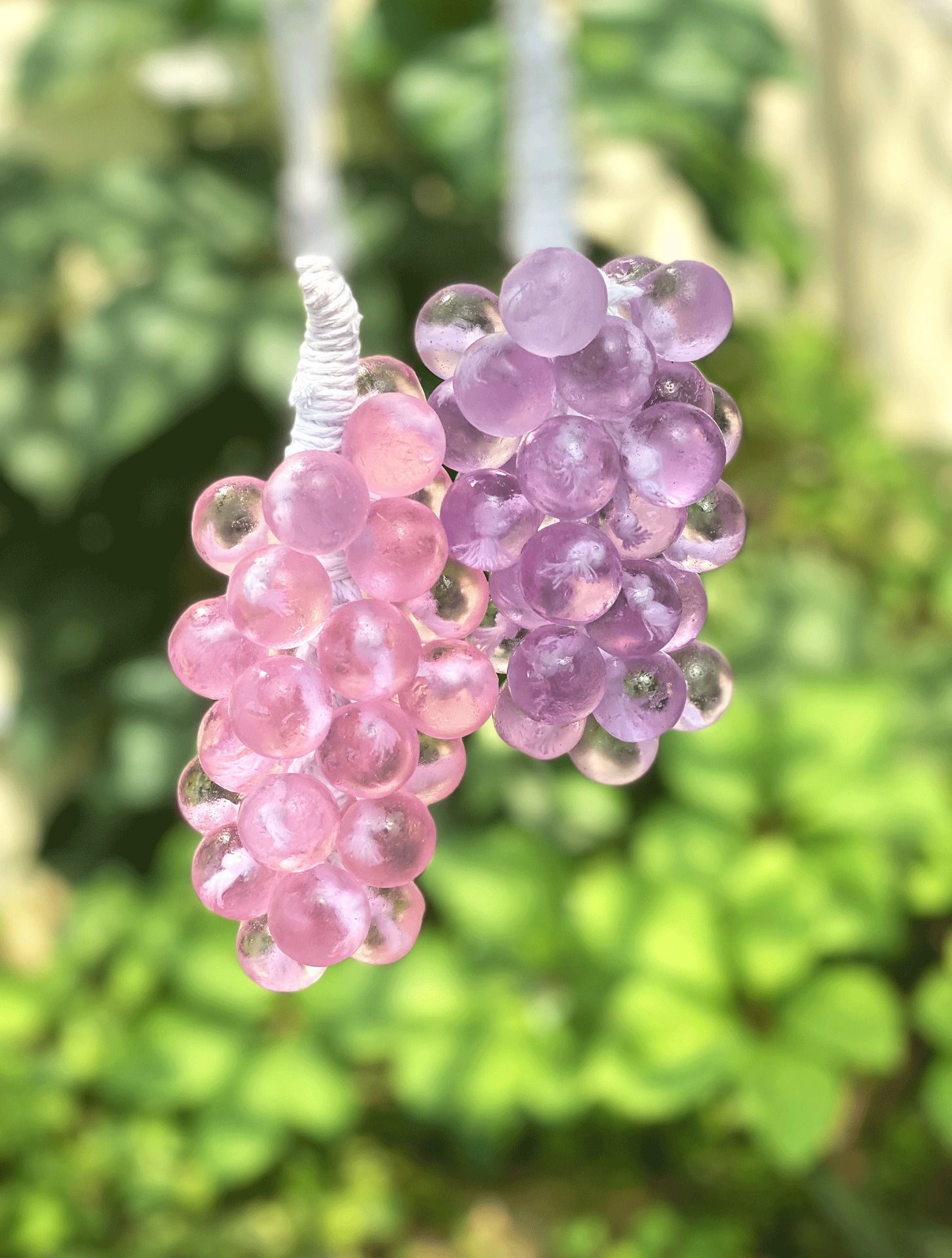The magic of handmade soap lies not just in its nourishing ingredients but also in the sensory experience it offers. And nothing elevates a simple bar quite like the natural, potent fragrance of essential oils.
If you're diving into the world of saponification and asking yourself how to make soap essential oils part of your recipe, you’ve come to the right place. This guide is your key to safely and successfully creating aromatic, beneficial essential oil soap bars.
I. Why Choose Essential Oils for Soap Making?
While synthetic fragrance oils are an option, essential oils for soap making offer compelling benefits:
Pure & Natural: Essential oils are highly concentrated extracts derived directly from plants (flowers, leaves, roots, or bark), offering a truly natural scent experience.
Therapeutic Benefits: Unlike synthetic fragrances, many essential oils carry therapeutic properties—from lavender’s calming effects for stress relief to tea tree’s cleansing power for problem skin.
Complex Scents: The aroma of an essential oil soap is layered and sophisticated, often evolving subtly as the soap ages.
II. 🌡️ The Challenge: Using Essential Oils in Cold Process Soap
When learning how to make soap essential oils work, the main hurdle is the high pH environment of the lye solution. This can cause several issues:
Acceleration: Some oils (especially florals and spices) can cause the soap batter to seize or accelerate quickly, leaving you scrambling to pour.
Fading/Muting: The high heat of the saponification process can "burn off" delicate top notes, leading to a much weaker final scent.
Discoloration: Oils like Cinnamon or Clove can turn your white or natural-colored soap a dark brown or reddish hue.
III. 📏 Safe and Effective Usage Rates (The Golden Rule)
The most crucial step in making essential oil soap is calculating the correct usage rate. Essential oils are potent and using too much can cause skin irritation.
Always Weigh, Never Measure by Volume: Essential oils should always be measured by weight (grams or ounces) for accuracy.
Refer to IFRA Guidelines: For commercial safety, always consult the International Fragrance Association (IFRA) guidelines for maximum skin-safe limits of specific oils.
IV. 💧 Best Essential Oils for Soap Making Success
When starting your journey to make essential oil soap, choose reliable oils known for their staying power and gentle nature:
Calming: Lavender, Cedarwood, Chamomile
Uplifting Citrus (with caution): Litsea Cubeba (May Chang), Bergamot (use Bergaptene-free to avoid photosensitivity)
Woodsy/Earthy: Patchouli, Sandalwood, Pine
Minty/Invigorating: Peppermint, Spearmint
V. 🧪 How to Make Soap Essential Oils Work: Blending & Adding
Follow these steps for the best results:
Prep the Blend: Measure your essential oils into a small separate container. This allows the scents to "marry" before adding them to the soap.
Add at Light Trace: Wait until your soap batter reaches a light trace (just before it thickens). The longer you wait, the less heat and lye will affect the scent.
Mix Quickly and Pour: Add your essential oil blend and mix quickly, either by hand or with a quick burst of the stick blender, and immediately pour the batter into the mold to prevent acceleration.
Cure Time Matters: Essential oil soap scents intensify during the 4-6 week curing period. The scent you smell when you pour will be different from the final bar.
Embrace the botanical power of essential oils, and elevate your homemade soaps from simple cleanser to true aromatherapy bars!
Would you like me to suggest three popular essential oil blends (recipes) specifically designed for handmade soap to ensure scent longevity?


